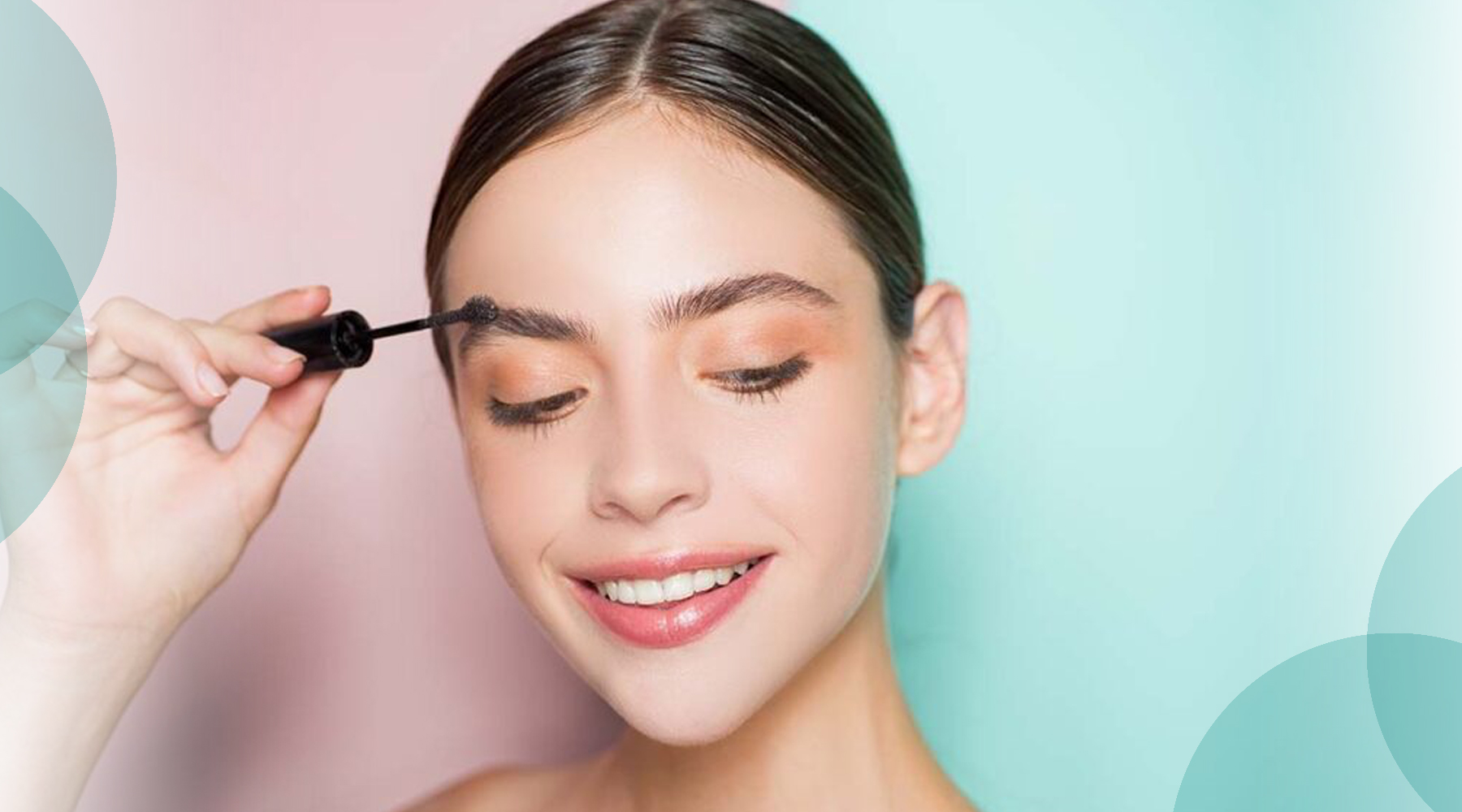If you look in the mirror and something’s not quite right, the problem could very well lie in your beauty routine. But don’t fret, glamour goddess. The solution might be simpler than you think. Look to your makeup bag for answers (and the culprit).
Makeup can be a miracle worker, doing wonders right where we want it to. But it can also be our skin’s enemy if we don’t use our products wisely. Instead of the confidence boost it can be, our makeup can sometimes be the main thing that causes us to hide our beauty. Not to mention, we all fall in love with products and swear by them until the end of time. But as our skin changes, most times, so do our makeup needs. If you’re wanting to look your best and keep your skin happy in the process, clinging to the products that no longer work their former magic may be your biggest mistake. And it may not be the only one. So let’s take a closer look.
According to beauty experts at Byrdie, some fairly common makeup mistakes might be “low-key aging you” way more than you realize. Although, some mistakes are more obvious than others. When something’s just not working, we’ve all been guilty of putting on a little more when what we actually needed was a little less. But the reality is, it’s not always easy to tell what’s causing the biggest problem.
So instead of adding needless years to that face once again, listen up, ladies. These are the biggest makeup mistakes that could be prematurely aging you.
You Underestimate The Power of Primer

Are you sick of seeing fine lines and creases when you put on your makeup? It’s a common problem. Thankfully, it’s usually pretty simple to solve. Allow me to introduce you to a tried and true solution: primer. Oftentimes, primers are packed with plumping ingredients like hyaluronic acid.
Often dubbed the photoshop of the makeup world, primer gives the skin a smoother, airbrushed appearance before the foundation goes on. They enhance coverage and smooth out the skin, even in the most difficult coverage situations. For example, successfully covering dark circles can be incredibly tricky. The instinct can be to pile it on, but it usually proves to be a vivid mistake.
More layers usually result in more creases and wrinkles, drawing attention to the problem areas you attempted to hide. So try using a primer instead. These days, smoothing primers also come equipped with brightening ingredients. You’ll need to use less cover-up while simultaneously nourishing the skin. Win, win.
You’ve Been Neglecting Those Brows

Brows need love too. And if you were born with naturally full brows, I’m sincerely envious. But most of us were not and so, we benefit greatly from using brow hacks and pencil tricks. Beauty experts often say that full, bushy brows signify vitality in a way that pencil-thin, high arched eyebrows do not. In other words, the more natural-looking, the better. And be sure you don’t use a shade that’s too dark, as this can needlessly age you as well.
With that said, do whatever makes you feel most confident. A brow pencil is merely a way to give your brows a boost. You can also try brow powder, but the pros say a pencil is your best bet if you’re aiming for naturalness. “Brow pencils are used to fill in your brows with precise strokes that mimic your own hairs,” per Brow Diva.
If you need a little guidance with this one, check out these 9 brilliant eyebrow hacks from Tiktok.
Read More: Why You Should Consider Using Clean Makeup Products
You Don’t Let Blush Do Its Magic
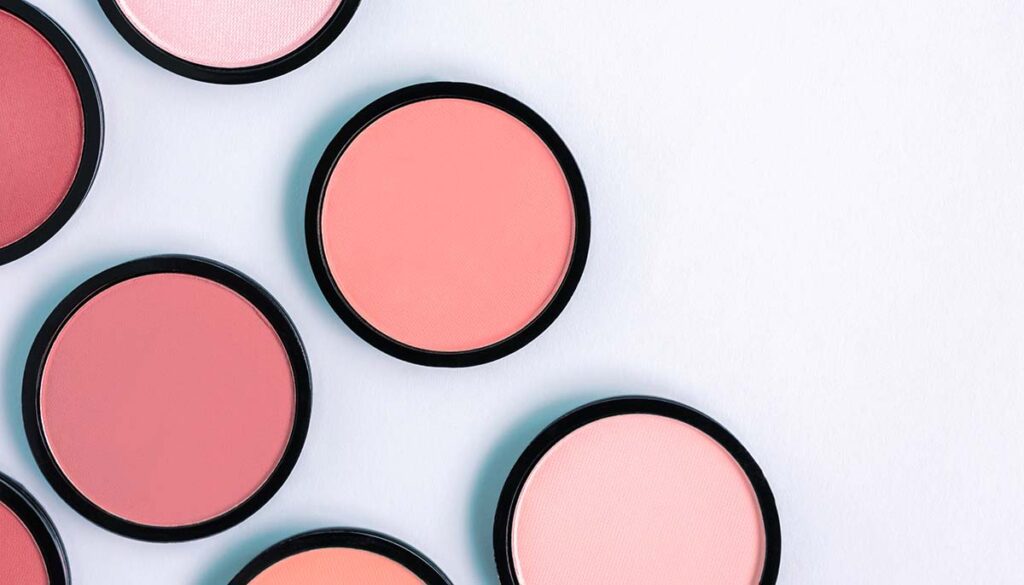
Generally, blush is at its best when it gives the illusion of a natural flush. However, that illusion is quickly shattered if you overdo it. Common blush mistakes range from using a too-bright color to applying something with a deceptively glittery finish. And while former rules tell us that placement matters most, it seems that the type of blush you’re using may ultimately make the biggest difference.
Makeup masters say to buy a buildable cream blush. Not only is it easier to add touch-ups, but cream blushes give a dewiness that powders can’t touch. You can dab it on with your fingers or use it with a brush. And blush, like all makeup, goes on best when you’re hydrated beforehand.
Your Foundation Could Be The Wrong Shade
Are you guilty of a foundation faux pas? Let’s find out. According to beauty experts, there are two big foundation mistakes more commonly made than any others.
Firstly, picking the wrong color is an instantly noticeable mistake. Secondly, whether your foundation is a color match or not, there’s a chance you’re not blending correctly. A thick, heavy foundation is also a big no, no. But more on the problem with over-layering products in a minute.

When it comes to foundation, it’s good to adhere to the makeup artist’s rule of thumb: no foundation is better than bad foundation, but a good one is a worthy investment. Shop around before you commit. After all, foundations are a commitment. You shouldn’t settle or splurge on something that doesn’t work for you.
Try creams, powders, and even tinted moisturizers to see what’s most compatible with your skin. Here are some pro tips for picking the ideal foundation for your skin tone with ease, compliments of Byrdie. As for blending it flawlessly, be sure you’re using a quality sponge, keep it clean, dip it in the foundation, and dab it around your face lightly. If it takes more than that, it might be time to try a new foundation.
Read More: From Skincare to Makeup — The Best Beauty Products That Cost $5 or Less
You’re Heavy-Handed With Powder Products
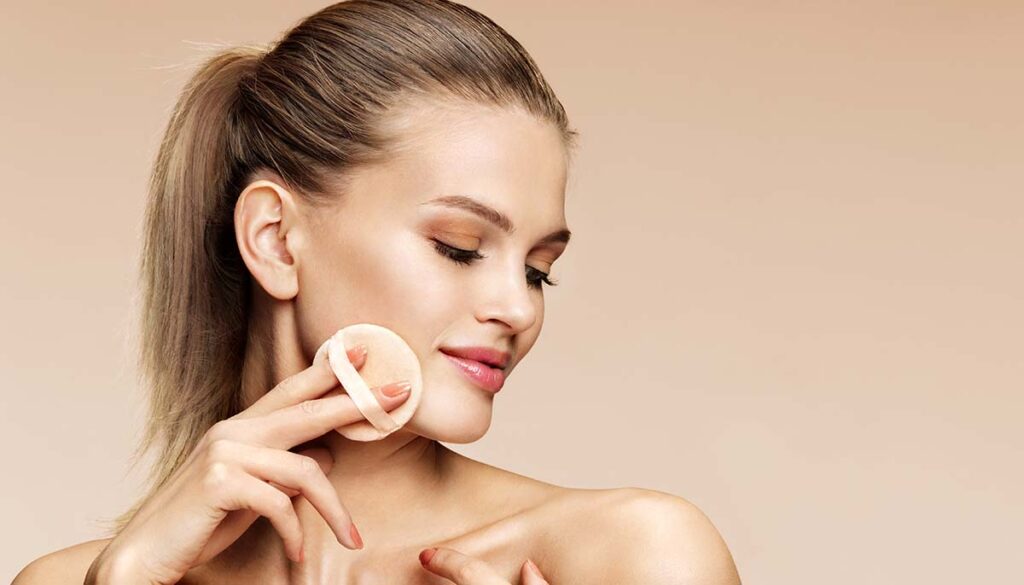
As our skin ages, it produces less sebum. In turn, our relationship with certain, once-loved makeup products tends to evolve. Once upon a time, your skin might’ve been very oily, making powder a no-brainer. But with age comes dryness sometimes. And drier skin tends to respond differently to various products. In turn, a powder often becomes one of the makeup products we have to start using in a new way over time. Or, it may be time to move on from powder altogether.
If you’ve noticed your powder looking flat and less lively as of late, it might be time to switch things up. Perhaps you only need it on your T-zones, or maybe you don’t need it at all. No matter where you stand with powder, beauty pros highly recommend cream formulas for a dewy, radiant look. Too much powder can also draw attention to lines and wrinkles. But if you love it, explore newer formulations. If you’re not into the idea of creams, opt for a sheer, mineral powder.
Skipping Mascara (or Using Too Much)
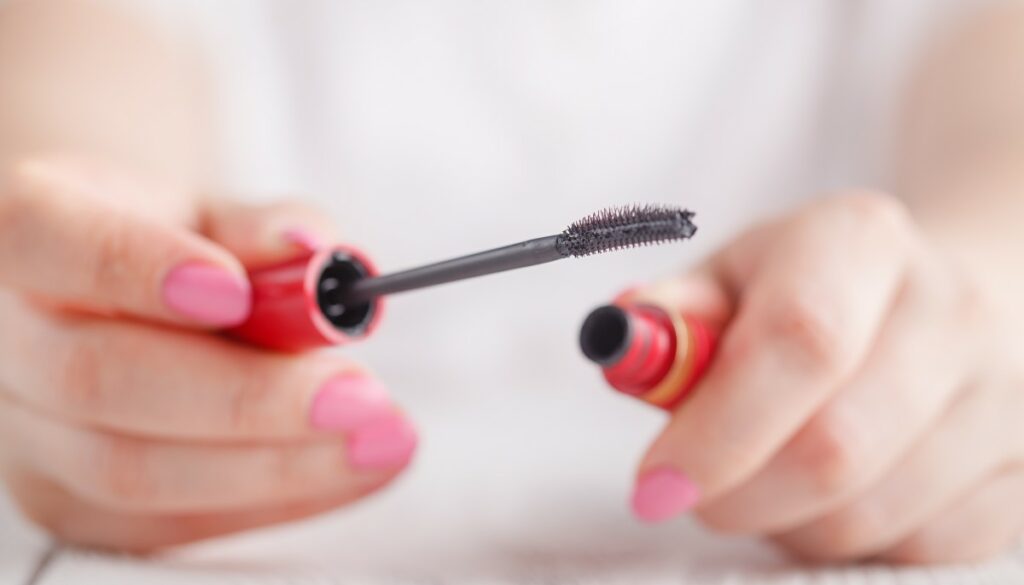
When applied with care, mascara has a way of opening the eyes and drawing attention to our faces in the best of ways. But keep it light. Too much mascara can lead to flaking and unflattering shadows on the face.
Another common mistake is curling the lashes after you’ve applied mascara. If your lashes need a little curling, always do so before you apply your mascara for the best results. And if you need more than one layer to get the job done, try to add all of your layers in one sitting. If you don’t have time to redo all of your makeup, going back for a mascara touch-up at the end of the day typically won’t end well.
Your Concealer is Caked On
The truth is, this is one that applies to all makeup products. So when in doubt, opt for lightweight formulas and use them sparingly. Creasing and caking can be hard to avoid, especially with under-eye concealer. But too much coverage is always revealing in the worst of ways.
Too much concealer can prematurely age the skin, highlighting wrinkles and discoloration in the most delicate area. Instead of overcompensating with makeup, start by taking extra loving care of your skin. Always moisturize before you apply any products, and they’ll always go on a little better than if your face had been too dry.
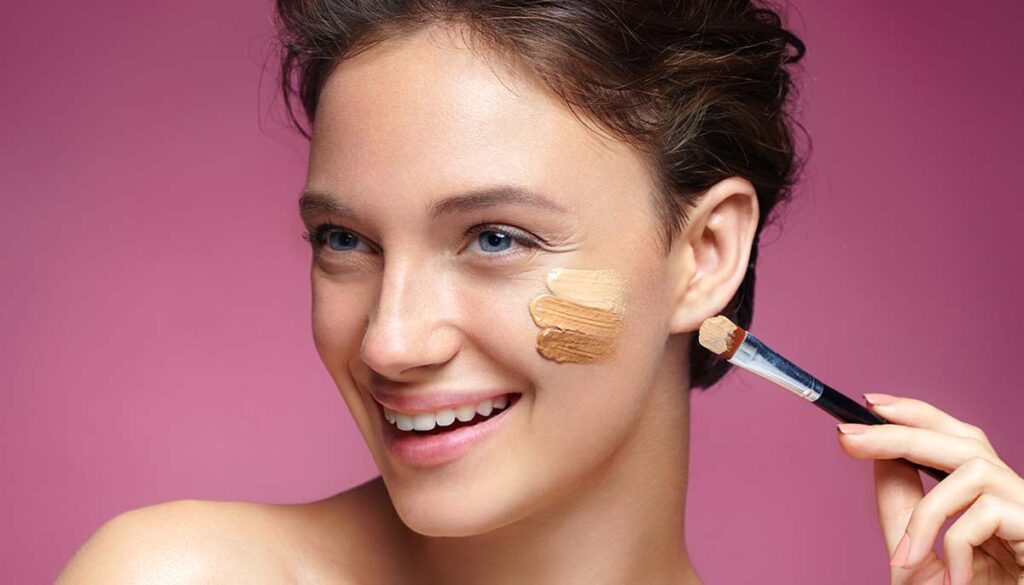
When we use concealer with finesse, we can achieve makeup magic. Like many base products, the job of concealer is to appear “invisible,” so less is often more. By taking care of your skin, keeping it hydrated, and picking the products that bring out your natural beauty rather than concealing it, you’ll get your money’s worth, no matter your makeup routine.
And remember, our makeup needs tend to evolve with age. So if you’ve been sticking to the same foundation or blush for a long time and it suddenly doesn’t seem to be working, it might be time to move on. You want products that work with your skin, and not against it.
Read More: A History of Makeup From Around the World


